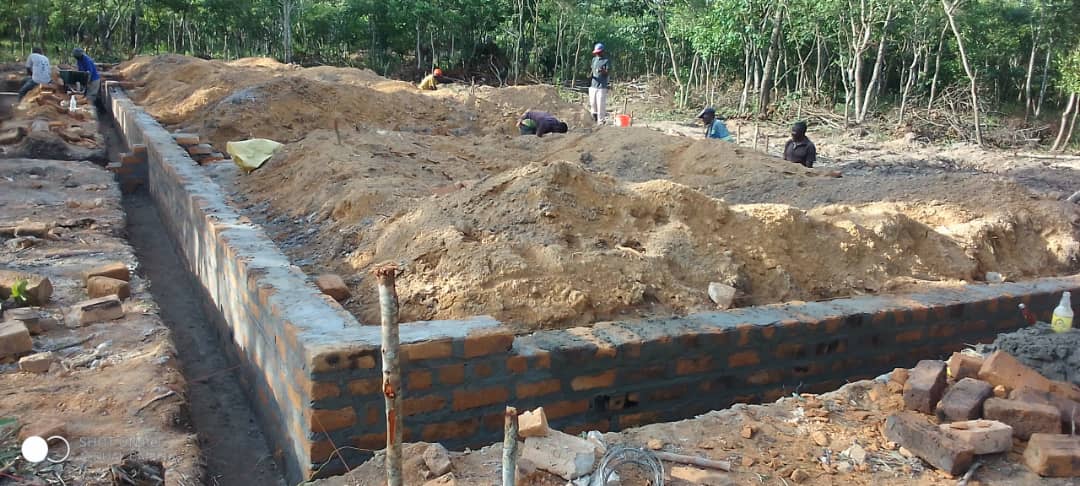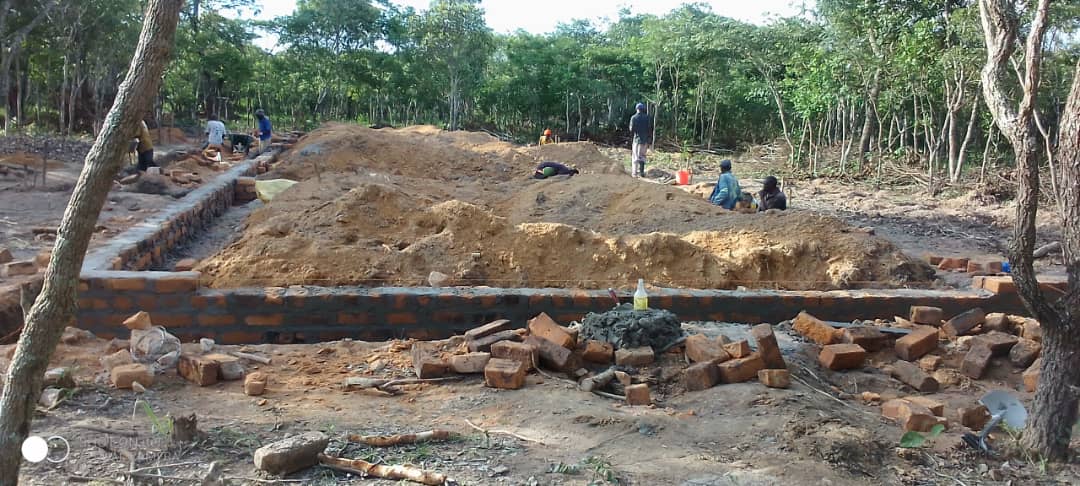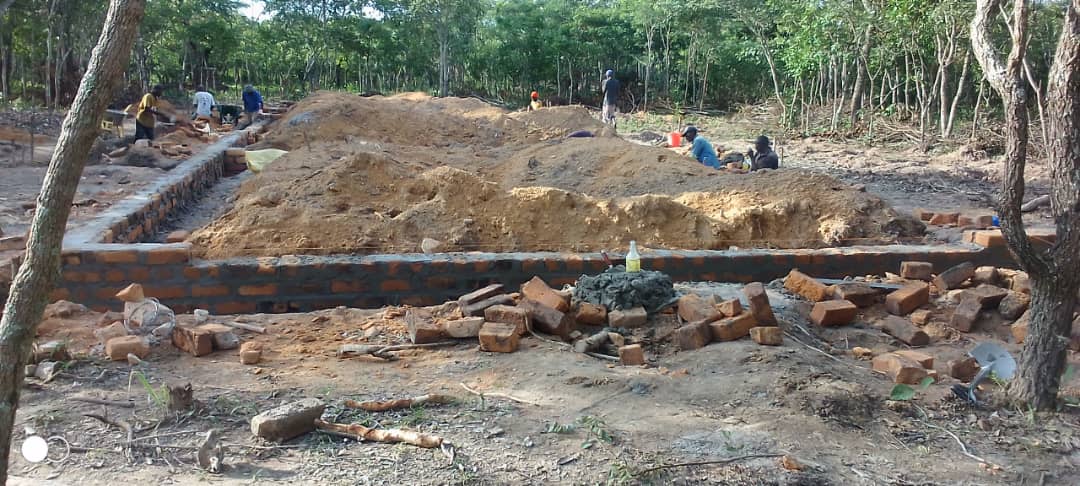WORKS ON THE CONSTRUCTION OF 1X3 CLASSROOM BLOCK AT CHAISA COMMUNITY SCHOOL IN KASAMA DISTRICT PROGRESSING VERY WELL.

Building a school in remote areas is of great importance for several reasons:
Education Access: One of the primary benefits of building a school in remote areas is that it provides access to education for children who would otherwise have limited or no opportunities to receive formal education. Education is a fundamental right and plays a vital role in empowering individuals and communities. By establishing a school in a remote area, children in that region can have access to quality education, enabling them to acquire knowledge, skills, and the ability to improve their lives.
Empowering Communities: Building a school in a remote area can have a transformative effect on the entire community. Education serves as a catalyst for development and empowers individuals to break the cycle of poverty. When children in remote areas have access to education, they are more likely to acquire the skills and knowledge necessary to pursue better opportunities, leading to improved livelihoods. Educated individuals can contribute to their community’s social, economic, and cultural growth, which can positively impact the overall development of the region.
Addressing Inequality: Education inequality is a significant challenge in many parts of the world. Remote areas often face additional barriers, such as geographical isolation, lack of infrastructure, and limited resources, which exacerbate educational disparities. By building a school in a remote area, governments, organizations, and communities can work towards reducing the educational gap between remote and urban areas. Providing equal educational opportunities to all children, regardless of their location, promotes social justice and helps create a more equitable society.
Preserving Culture and Identity: Remote areas often have unique cultural heritage and identities. Establishing a school in these regions can help preserve and promote local traditions, languages, and customs. Schools can incorporate local knowledge into the curriculum, ensuring that children learn about their cultural roots while gaining a broader understanding of the world. This contributes to the preservation of cultural diversity and strengthens the social fabric of the community.
Mitigating Migration: Limited educational opportunities in remote areas can lead to migration as families seek better educational prospects for their children. Building a school in a remote area reduces the need for families to migrate to urban centers, thereby mitigating the social and economic challenges associated with mass migration. It helps maintain a balanced population distribution, fosters sustainable development, and prevents overcrowding in urban areas.
Health and Well-being: Schools in remote areas can also serve as centers for promoting health and well-being. They can provide access to healthcare services, nutrition programs, and hygiene education. Schools often act as community hubs where health awareness campaigns, immunization drives, and other related initiatives can be organized, positively impacting the overall health of the community.



Posted by:
Evans Mulenga
Zambian Chair of social media and Technology
